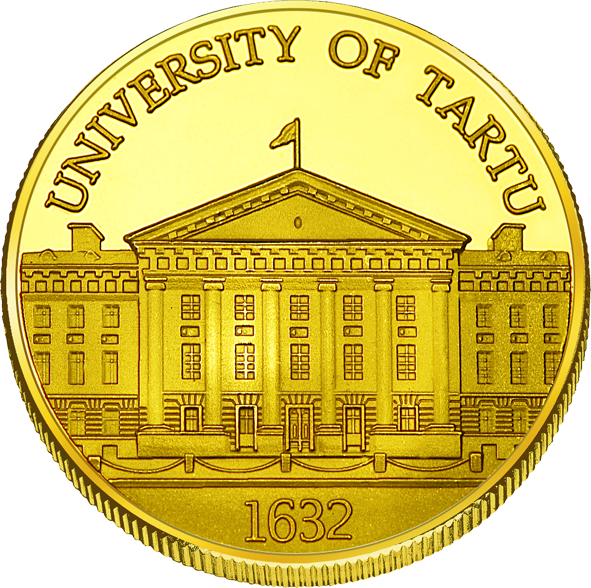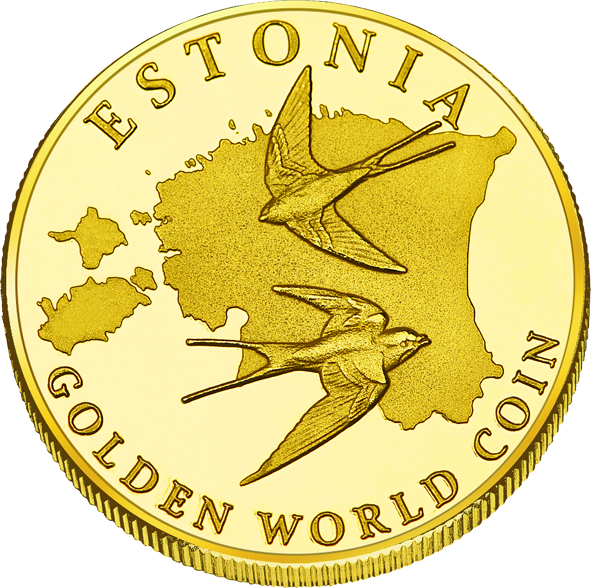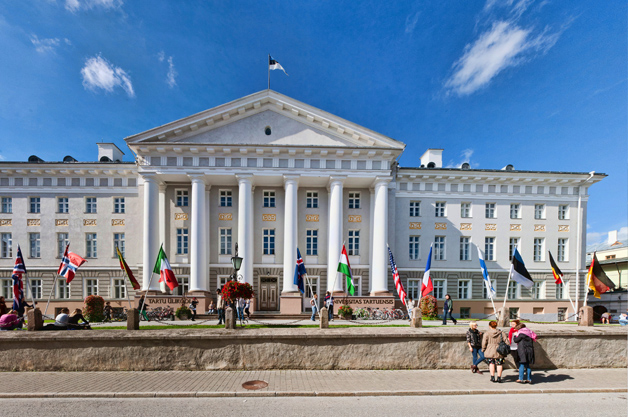


UT is Estonia's leading centre of research and training. It preserves the culture of the Estonian people and spearheads the country's reputation in research and provision of higher education. UT belongs to the top 3% of world's best universities.
As Estonia's national university, UT stresses the importance of international co-operation and partnerships with reputable research universities all over the world. The robust research potential of the university is evidenced by the fact that the University of Tartu has been invited to join the Coimbra Group, a prestigious club of renowned research universities.
UT includes four faculties. To support and develop the professional competence of its students and academic staff, the university has entered into bilateral co-operation agreements with 64 partner institutions in 23 countries.
The University of Tartu was founded in 1632 by the Swedish king Gustavus Adolphus. It was initially called Academia Dorpatensis. The necessary preparations for creating a university in Tartu (then Dorpat) were made by Johan Skytte, governor general of Livonia.
Academia Dorpatensis, modelled after the University of Uppsala in Sweden, was intended to pursue research and advance learning in a wide variety of disciplines. The University of Tartu (UT) has continued to adhere to this approach throughout the centuries, and remains today the only classical university in Estonia. Research at UT focuses on subjects as diverse as medicine and philosophy, genetics and computer science